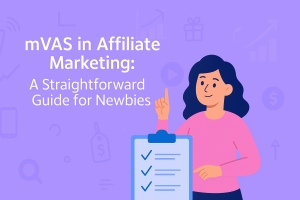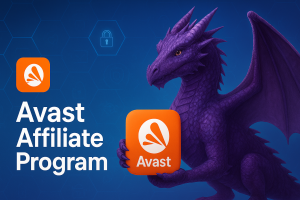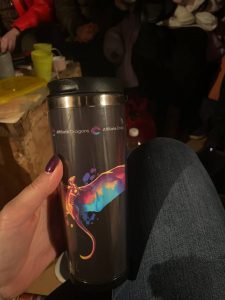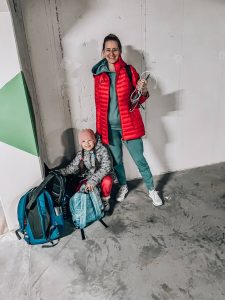At Affiliate Dragons, we’ve spent the last five years navigating the fast-changing world of Mobile Value-Added Services (MVAS), working as a global advertiser and CPA marketing agency. With a portfolio of high-performing PIN-submit offers and direct integrations with mobile operators across LATAM, MENA, Africa, and Southeast Asia, we’ve launched, tested, and scaled hundreds of mobile content campaigns.
But growth comes with lessons — and many of them came through trial and error.
If you’re launching MVAS offers or optimizing user acquisition funnels in international markets, here are 5 localization mistakes we’ve made (and learned from) as a global MVAS advertiser and CPA agency.
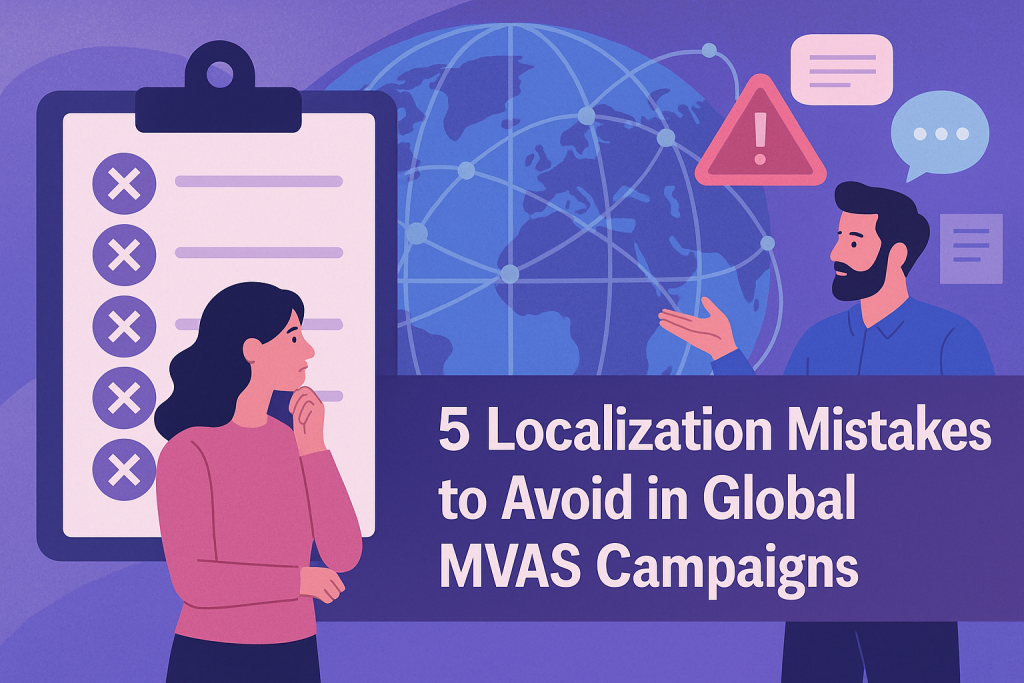
1. Translating Word-for-Word Instead of Adapting Meaning
One of the most common mistakes in international MVAS campaigns is assuming that direct translation is enough. We used to take our best-performing English PIN-submit landing pages and translate them word-for-word into Spanish, Arabic, Thai, and more.
Result? Engagement and conversion rates dropped. Why? Because language isn’t just syntax — it’s cultural context, tone, and nuance.
What we do now:
- Collaborate with native-speaking team members or local editors.
- Focus on meaning and local emotion triggers rather than literal translation.
- Continuously A/B test localized CTAs and headlines.
2. Ignoring Cultural Tone and Trust Cues in MVAS Funnels
Trust is everything when it comes to PIN-submit offers and mobile billing flows. What might seem like a confident, action-oriented message in one region can come off as aggressive or suspicious in another.
We’ve seen:
- Users bouncing from funnels due to overly casual or “pushy” tone.
- Lack of trust indicators like operator branding, privacy messaging, or clarity around content access.
Our best practices now:
- Adapt tone of voice to each GEO.
- Include region-specific trust elements (logos, payment flow previews, legal info).
- Localize support and T&C links for compliance and transparency.
3. Overlooking RTL and Non-Latin Script UX
UX localization isn’t just about words — it’s about design, alignment, and usability. In early campaigns targeting Arabic-speaking countries, we mistakenly used standard LTR layouts.
Issues we faced:
- Misaligned CTA buttons.
- Text overlapping or broken formatting.
- Distrust due to visual inconsistency on mobile devices.
What we’ve implemented:
- GEO-specific mobile UI templates (LTR vs RTL).
- Device testing in each target market.
- Font and script-appropriate layout adaptation.
4. Using One-Size-Fits-All PIN-Submit Funnels
MVAS marketers often default to short, one-screen PIN-submit flows. While this works in some GEOs, others require more education and user warming-up through pre-landers.
Our takeaway: Fast = effective only where trust and familiarity already exist.
What works now:
- For LATAM and SEA: lean, direct funnels.
- For MENA and Africa: pre-landers with educational cues.
- Consistent testing of funnel depth, visuals, and onboarding messaging.
5. Believing That English Is ‘Good Enough’ for Everyone
English may be widely understood — but native-language landers always convert better. Especially in mobile billing flows, users want clarity and local familiarity.
Mistake we made: Launching in multilingual markets with only English creatives.
Result: Lower engagement, increased refunds, and support tickets.
How we fixed it:
- Localize even the smallest things — buttons, disclaimers, and legal text.
- Use language detection and automatic funnel routing when possible.
Final Thoughts: Localization Is Performance
As a global CPA agency and MVAS advertiser, we’ve learned that localization isn’t optional — it’s essential. It directly impacts user trust, conversion rates, and long-term campaign scalability.
Whether you’re running PIN-submit offers in Kenya, Saudi Arabia, or Colombia — the key to performance is not just targeting the right audience, but speaking their language in every sense.
Want to talk localization strategy or swap funnel ideas?
Let’s connect — or meet us at the next affiliate conference. We’ll be the ones in the dragon shirts.


